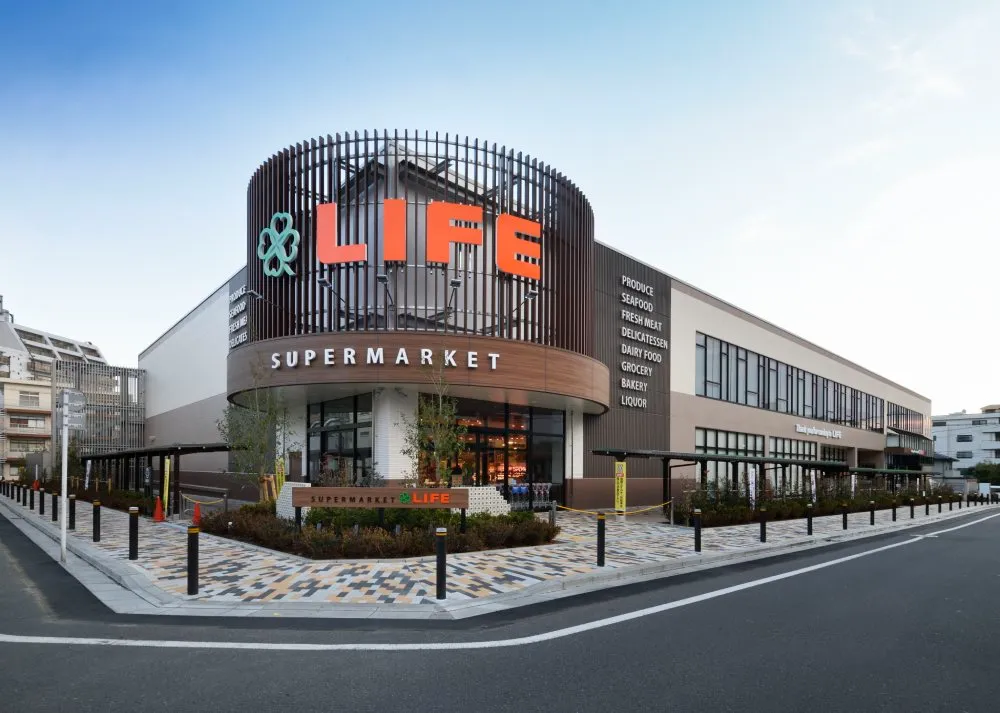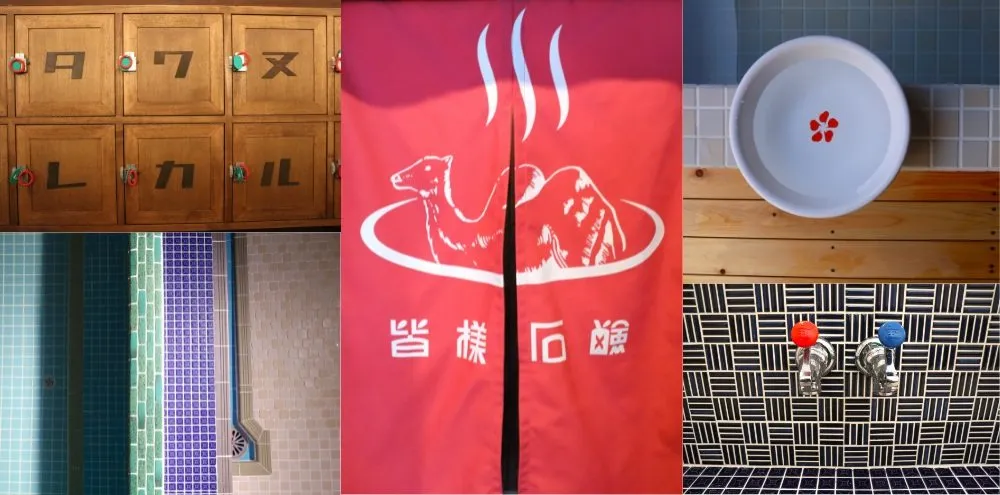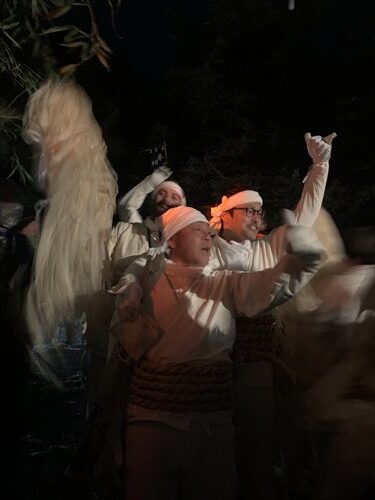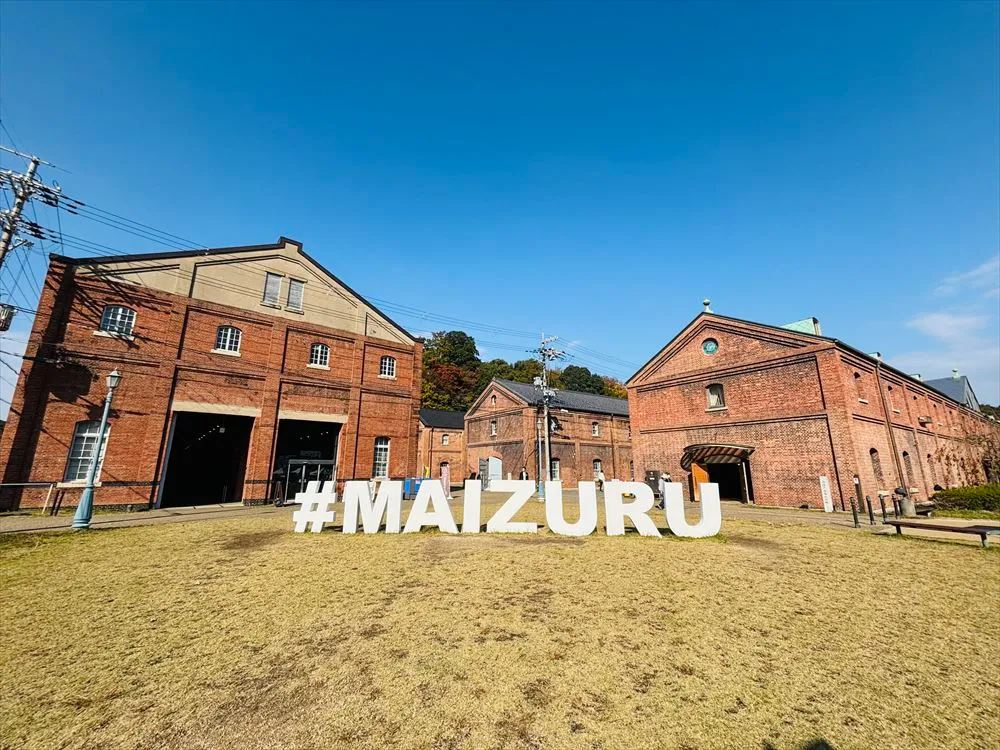
KITASENJU / SHIBAMATA
KITASENJU / SHIBAMATA
Kitasenju
To feel the “shitamachi” taste of old Tokyo, why not take a walk around Kitasenju? Initially laid out like many a station, the streets in front of the station being neatly laid out with many large buildings, a short stroll from the station offers a glimpse at the atmosphere of old Tokyo and a chance to see another side of Tokyo, far removed from the usual sightseeing places.
Nikko-kaido Street and a Post-station Town
When exiting the west exit of Kitasenju Station, walk straight for about 3 minutes and you will reach the old Nikko-kaido (a street that once connected Nikko in Tochigi Prefecture with the capital). Turning to the right on Syukubamachi Dori; the former center of the Senju post-station town during the Edo Period, will bring you into an architecturally rich area that still retains a monument in commemoration of honjin, (an officially designated inn lodging for daimyo, kosatsuba, or a place where a notice board was put up to keep locals informed of events and news). Senju itself used to be one of the four post-station towns in the Edo area with the other three being situated in Shinagawa, Shinjuku (then named Naito-shinjuku) and Itabashi.
As you progress down the street, you soon notice a special paper lantern shop and the reconstructed gate of the Senju post-station town in a park. A short stroll further will take you to the Yokoyama family house. Built in the Edo Period, its wide facade reflects its depth. In front of the shop, the Yoshida family house has, since the Edo Period, run a votive tablet shop and even in the 21st century continues to do so. Next to the Yokoyama family is ‘Kadoya,’ very famous for its ‘yarikake-dango’ dumpling and once of the oldest dumpling shops in Tokyo. The mitarashi-dango on sale (dumplings flavored with sugar and soy sauce) are especially popular. After continuing a little further, the Nakura-iin (Nakura doctor’s office) will come into view just in front of the levee of the Arakawa River. The building itself was constructed in the Edo Period and looks like the set from historical dramas. In fact, when the Arakawa River was dug (technically making it a canal and not a river) in the early part of the 20th century to save the area from annual floods, the river was routed to go around Nakura-iin – the place being of such importance even back then.
Senju-ohashi Bridge
Senju-ohashi, the bridge over the Sumidagawa River was first constructed by Tokugawa Ieyasu on his moving to Edo (now Tokyo) and once saw more than 60 clans from the Tohoku region crossing the structure when they visited and departed the capital. Even Matsuo Basho (haiku poet from the Edo Period) on his way north to the Tohoku region to write ‘Okuno-hosomichi,’ or The Narrow Road to the Interior (of the Deep North) passed over the bridge. Sadly, the once famous sight of the original bridge is now long gone and has been replaced by a reinforced concrete bridge – sans the atmosphere of the days in which Basho started his walk north after landing his boat near the foot of the former wooden structure. To remind the 21st century of the journey that followed on from the boat journey from his Fukagawa home, a monument named ‘Yadate-hajime-no-hi’ on which his one of his poems is inscribed can be found in Ohashi Park – to the immediate west of the northern side of the bridge.
Buildings along a nearby street named ‘Yacchaba Dori’ still have old style signs displaying the shop names and remind people of the street’s former glory days as a local fruit and vegetable market. At the center point of the street stands the Senjuyado-rekishi-petit-teracce, an old warehouse type building that houses a reference library.
Street Scenery
Many narrow alleys and streets form a characteristic part of life in Kitasenju. In addition, looking just above rooftop height will bring into view several large chimneys. Each one identifies one of the many sento, or public bathhouses in Kitasenju, often situated where you’d most expect them, down a back alley, on a quiet street or standing nestled among the older wooden houses of the area. Of a more spiritually purifying nature, the area is also home to many shrines and temples. One that stands out amongst the crowd is Shosenji Temple, famous for its main red gate and with a statue dedicated to ‘Yama’, the king of Hell that can be seen at the Eama-mode event, held on the 15th and 16th of January or July.
Directions
You visit the Senju area, access is best served by either Kitasenju JR of Kitasenju Subway stations. The Tsukuba Express, connecting Akihabara in Tokyo to Tsukuba in Ibaraki Prefecture in 45 minutes, opened in August, 2005 and has a stop at Kitasenju as do the JR Joban Line, Tobu Isezaki Line, Tokyo Metro Chiyoda and Hibiya lines. As such, Kitasenju Station today, a century after it first opened, is one of the largest terminals in the northern part of Tokyo with as many as 1.63 million passengers using the station each day.
Shibamata
Getting off at Shibamata Station, visitors can see a statue of Tora-san of ‘Otoko wa Tsuraiyo,’ movie fame – a popular movie series in Japan. Constructed in Shibamata in 1999, after Kiyoshi Atsumi the main actor in the movies of Tora-san died, the statue and stone monument which stand at the entrance to the approach to Taishakuten, display lines from the movies carved into their surface.
Taishakuten and nearby
Taishakuten, formally called Kyoeizan Daikyoji Temple, was founded by Saint Niccyu in 1629, now known as Bishamonten (God of Treasure), one of Seven Deities of Good Fortune.
On koushin-no-hi, the day of the fair, (en-nichi in Japanese) held every 60 days, the temple sees a great many people visiting itself and the shops along the approximately 200m approach.
If a fan of the Japanese movie “Otoko wa Tsuraiyo,” don’t miss Tora-san Kinenkan (Tora-san Memorial Hall) in which you can view replicas of film sets and can also take commemorative photos. Surrounding the hall is Shibamata Park, from which a view along the famous Edogawa River is visible.
Yamamoto-tei is the residence of now deceased local businessman Mr. Yamamoto. The building itself dates from the late Taisho Era (1912-26) and in fitting with those times of welcoming the international world and its wares to Japan, the building is a mixture of Japanese and Western tastes. Drink powdered green tea or coffee as you look out over the beautiful shoin-style garden.
Yagiri no watashi was one of ferries the Shogunate Government of Edo put into service to enable local people to visit temples, do their daily shopping or even to go and plow their lands and was at its peak during the early Edo Era. The ferry service itself became famous nationwide after being mentioned in the novel ‘Nogiku no haka’ (1906) by Sachio Ito and in 1982 resurfaced when the hit ‘Yagiri no watashi’ was released.
Around Shibamata
Unlike the majority of Tokyo’s wards, the Katushika area offers a rather tranquil and open atmosphere making it fun to spend a day simply wandering around the area. Of particular note is Mizumoto Park, one of the largest parks in Tokyo and the only park with a river flowing through it. Many waterways and side channels in the park create for an interesting scene that sees trees such as alder, poplar, and metasquoia growing alongside aquatic plants including the iris, water lilies and cow lilies. Indeed, on irises, those found in the Horikiri area of the ward have been well-known and oft visited for generations. The Horikiri Shobu-en holds the Katsushika Shobu Matsuri in conjunction with Mizumoto Park each year in June.
Directions
To reach Taishakuten, disembark at Shibamata Station on the Keisei Kanamachi Line and when aiming for Mizumoto Park, take the Keisei Bus from Keisei and JR Kanamachi Stations and get off at Mizumoto-koen-shita bus stop. To access Horikiri-shobu-en, use the Keisei Horikiri-shobu-en Station.







